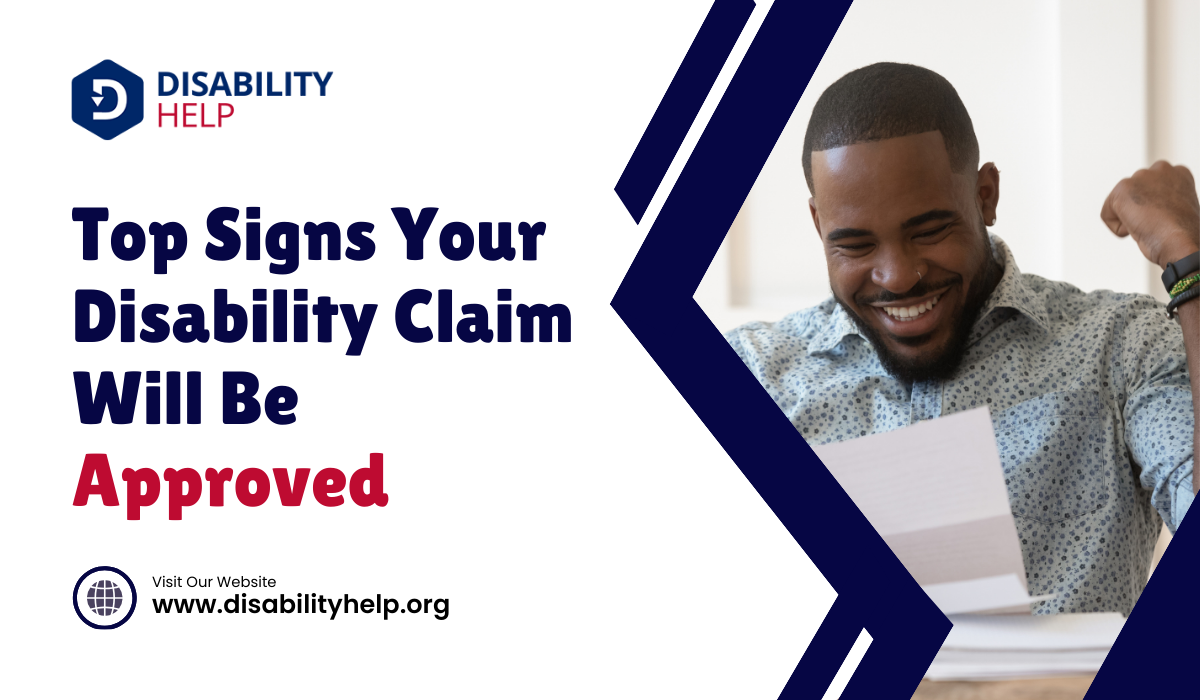Screens have long become an integral part of our daily lives. Many students, in particular, find themselves glued to screens while working on assignments and papers. This has sparked a debate on whether writing papers can contribute to eye problems. Let's delve into the facts and fiction surrounding this issue and explore some effective tips to keep your eyes healthy in the digital era.
The Myth of the Paper Chase
The idea that writing papers, whether on a computer or with pen and paper, directly causes eye problems is a common misconception. In reality, the problem is not in the act of writing itself but in the prolonged screen time associated with research, typing, and proofreading that may lead to eye strain. However, traditional paper writing is not exempt from potential issues, as poor lighting, improper posture, and prolonged periods of focus can also strain your eyes.
Understanding Eye Strain
When it comes to understanding eye strain, it's crucial to recognize the specific challenges posed by both digital screens and traditional paper. While the act of writing itself may not be a direct cause, the context in which it occurs plays a significant role.
Digital screens, computers, tablets, and smartphones emit blue light that has raised concerns among health professionals. This high-energy, short-wavelength light disrupts sleep patterns and contributes to eye strain.
Several strategies can be employed to counteract the potential adverse effects of blue light and screen-related eye strain. Utilizing blue light filters on devices, adjusting screen brightness and contrast, and adhering to the 20-20-20 rule can significantly alleviate the strain on the eyes.
The Crucial Role of Ergonomics in Home Workspaces
Ensuring the right ergonomics at home goes beyond comfort—it directly impacts eye health and the efficiency of one's work.
Seating and Desk Dynamics
The foundation of ergonomic well-being lies in proper seating and desk setup. Investing in an ergonomic chair that promotes good posture and an adjustable desk tailored to your height can make a substantial difference. Back support in chairs is particularly helpful in reducing strain on the neck and shoulders, which, in turn, alleviates pressure on the eyes.
Strategic Screen Positioning
The positioning of the screen is a critical aspect of ergonomic consideration. The top of the screen should be at or slightly below eye level, minimizing the need for tilting the head up or down. This not only reduces strain on the neck but also alleviates eye discomfort. A well-positioned screen is a cornerstone in the fight against prolonged screen-induced eye strain.
Lighting
Optimal lighting in the workspace is equally pivotal. While natural light is ideal, a strategically placed desk lamp with adjustable brightness can ensure even illumination. Harsh, direct lighting should be avoided as it can create glare on screens, contributing to eye strain. A well-lit workspace is conducive to both productivity and eye health.
Incorporating Movement and Breaks
Ergonomics extends beyond static postures to include movement. Taking regular breaks, incorporating stretching exercises, and integrating short walks into the daily routine contribute to muscle relaxation, reducing eye strain, and fostering a holistic sense of well-being.
Traditional Paper
On the other hand, traditional paper has its unique challenges. While it doesn't emit blue light, poor lighting conditions and improper posture can strain the eyes. Inadequate lighting can lead to squinting or leaning closer to the paper, causing unnecessary stress on the eyes. Additionally, issues like glare, smudging, and the need to constantly shift papers can contribute to discomfort.
Tips for Maintaining Healthy Eyes While Writing Papers:
1. Adopt the 20-20-20 Rule: Take regular breaks to give your eyes a chance to relax. Look at something 20 feet away for at least 20 seconds every 20 minutes.
2. Adjust Screen Settings: If using a digital device, adjust the brightness, contrast, and font size to reduce eye strain. Consider using blue light filters or wearing blue light-blocking glasses.
3. Optimize Lighting: Whether you're writing on paper or a screen, ensure your workspace is well-lit. Natural light is ideal, but use a good-quality desk lamp to illuminate your work area evenly if possible.
4. Mind Your Posture: Maintaining a proper sitting posture is crucial to reducing eye pressure. Position your screen or paper at eye level to avoid unnecessary head tilting.
5. Stay Hydrated: Dry eyes are a common complaint among those working on papers for extended periods. Stay hydrated to maintain good eye health, and consider using artificial tears if your eyes feel dry.
6. Screen Time Breaks: Incorporate breaks between writing sessions to step away from screens. Engage in activities that don't require intense visual focus, like stretching or walking.
7. Consider Ergonomics: Invest in an ergonomic chair and desk setup to promote a comfortable and eye-friendly workspace. Adjust your chair height and screen position to minimize strain.
8. Regular Eye Checkups: Schedule regular eye examinations to detect and address potential issues early on. An optometrist can provide guidance on proper eye care habits.
9. Delegate: Sometimes, the best you can do for your eyes is give them a break. In this case, learn to delegate papers to professionals. Simply message, “Can I write my paper with WritePaperFor?” to learn about the services and place an order.





